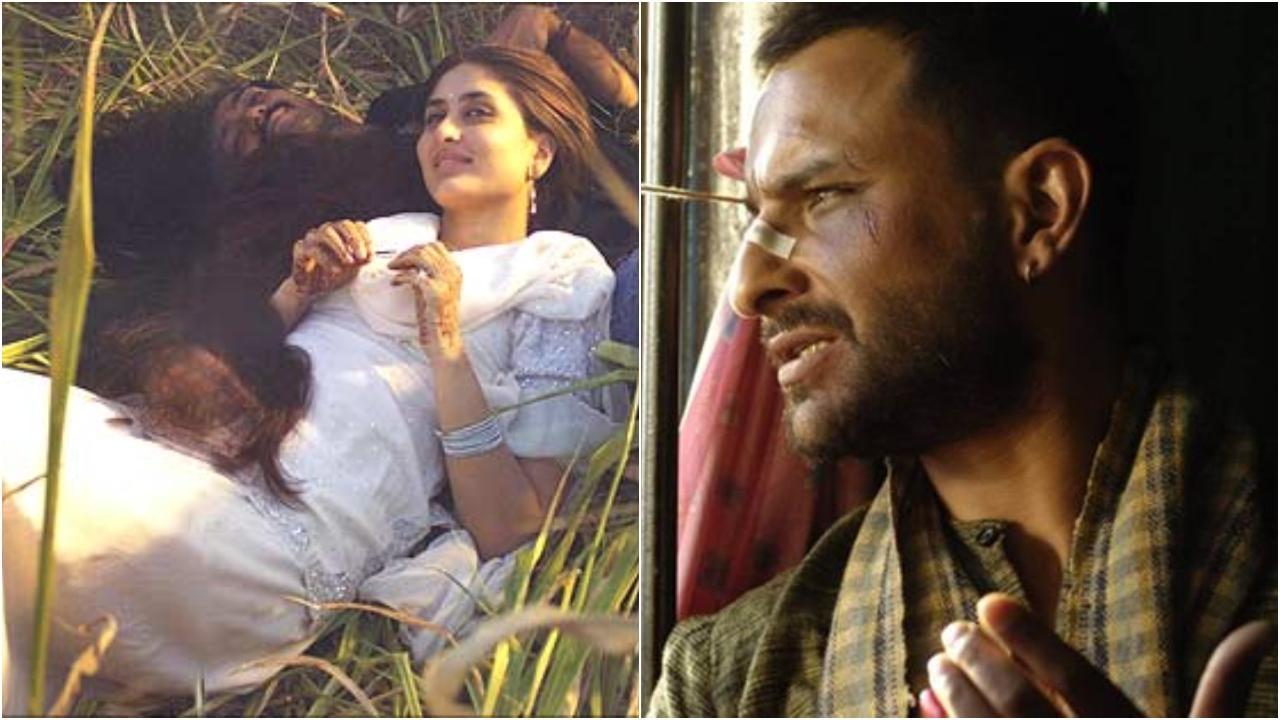Sindiso Khumalo is ethereal; one can tell this by how she speaks about herself and her art. But it’s also impressive to describe her as the who built a decade-long fashion brand recreating a historical fashion aesthetic with a contemporary twist. Khumalo’s path into fashion was very unplanned.
She had started out with a career in architecture, working under the British-Ghanaian architect David Adjaye in London. However, she got obsessed with fashion magazines and before she knew it, she found herself pursuing a master’s degree in textile futures at London’s Central Saint Martins and then as a stylist, working at different publications. In 2014, she started her eponymous brand, and for her, it was quite an interesting year, considering she birthed her son and went on a hiatus.

But motherhood came with a great plot and many questions: she was very concerned about waste management in regard to baby diapers and its results. Then, she questioned the concept of fast fashion and how she wanted to make a change. All these gave her the zeal to be intentional about her brand, its ethos and how it was important to explore sustainability.
However, one thing was eminent. She wanted to make a female-centric label and not just in terms of garment making or brand positioning; she wanted to tell the stories of all the muses that had inspired her. First, her grandmother, an optimistic tailor who was known for her craft in suit making back in the ‘60s and whom Sindiso says she’s lucky to inherit all her clothes.
Second, Harriet Tubman who rescued 70 slaves. And many other women like Sarah Forbes Bonetta who have motivated her journey over the years. The brand Sindiso Khumalo’s design aesthetic blends vintage styles, drawing inspiration from various eras, such as early 20th-century Black American fashion and 1960s South African fashion.
The brand incorporates traditional techniques like crocheting, weaving, and embroidery into contemporary designs. Khumalo finds inspiration in Black female portraits from the 1800s and early 1900s. “I was very curious to know who these women were because this was just after the slave trade, and to have images taken of them in the late 1800s appealed to me.
was my first question. ” she says. This refers to her use of shape in her designs, but she is also inspired by her Ndebele and Zulu heritage, especially in terms of colors.
Whether it’s the use of patination or the incredible traditional Zulu dresses, she has created pleated leather skirts and hand-stitched pieces when the opportunity arose, drawing from the many elements and variations of different techniques. Khumalo is also passionate about advocacy, women’s empowerment precisely and she has worked closely with NGOs across South Africa to ensure that. She credits her mother as her major inspiration considering that she was a great activist during her youth.
“I think my mom’s inspiration to me has definitely been a great one to me, especially in understanding how women move through oppressive systems and are able to empower others by putting themselves on the line,” she said. “As a child, I didn’t really realize what it was like for her being an activist from age 16 all through her 20s and 30s, and what the challenges that she would have faced. I guess maybe the biggest part for me was there was always a sense of optimism that we will get through this, even if it’s not in her generation.
I know that there’s always, and I guess it’s any political struggle if you have to be led with the absolute belief that this is not going to be forever. And so I think of my mom. Maybe that’s also why I have had these muses who are women who have faced very intense challenges, slavery, Apartheid, both in South Africa and also Apartheid in the States.
” Sindiso has produced 12 collections within a decade, which includes collaborations with IKEA and Vodacom. She has also had exhibitions at the Louisiana Museum of Modern Art in Denmark and the Smithsonian National Museum of African Art in Washington. Each collection features a unique textile technique or a fusion of different techniques, with inspiration and stories woven into their creation.
In an interview with ESSENCE, she discussed one of her most emotional collections, titled ‘JAGGER’, which pays homage to Cape Town University’s African study library that burnt down in 2021. She shared what it meant to archive such a devastating event through fashion. “That was a collection of mourning,” she says.
“And I guess for us as Africans, so few of what we have is documented. And so when a library burns, it really did feel like losing somebody and losing something huge. So I did a more collection on the library, and I actually interviewed librarians and found out a bit more information about it.
I know some things were digitized, but not everything was. But it was very strange because it was the only building that burnt down.” Her forthcoming collection, which she’s most excited about, will be a travelogue of moments spent on exploring various textile crafts across different cultures.
“It’s a journal entry of all my travels this year to different parts of the world. Learning old and new traditions of textile craft and making. Also infused with all the colors, scents and essence of each new place I visited,” she says.
She recently exhibited her designs at the African Fashion V&A exhibition in Melbourne, Australia. For Khumalo, this was an especially exciting moment as she reminisced about sitting in the same museum as a student at St. Martins, sketching and admiring the works of other artists and designers.
She never considered the possibility of her own work being exhibited at the same museum years later. “It’s such a pinch-{me} moment; it’s still mind-blowing to me. I don’t take these moments lightly because I think it’s part of a puzzle, but it’s also really incredible,” she says.
.



















